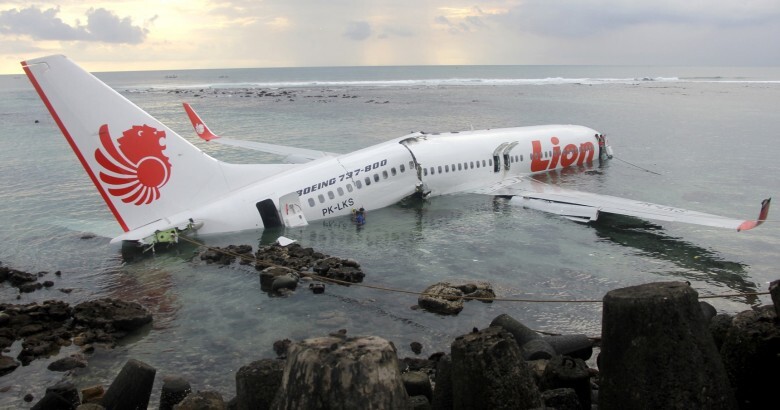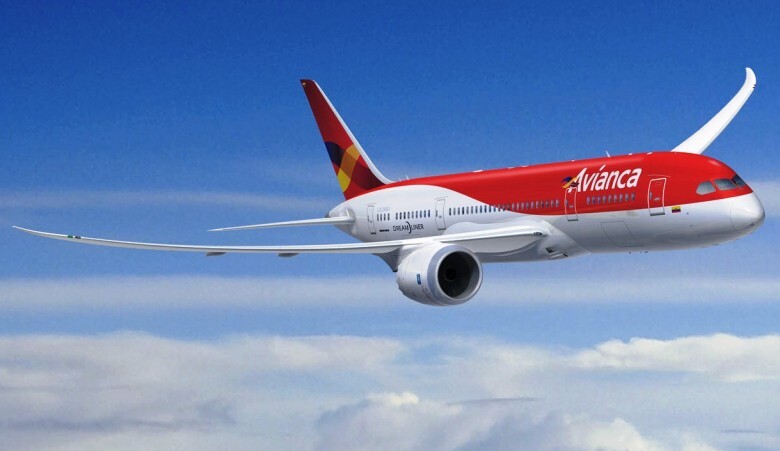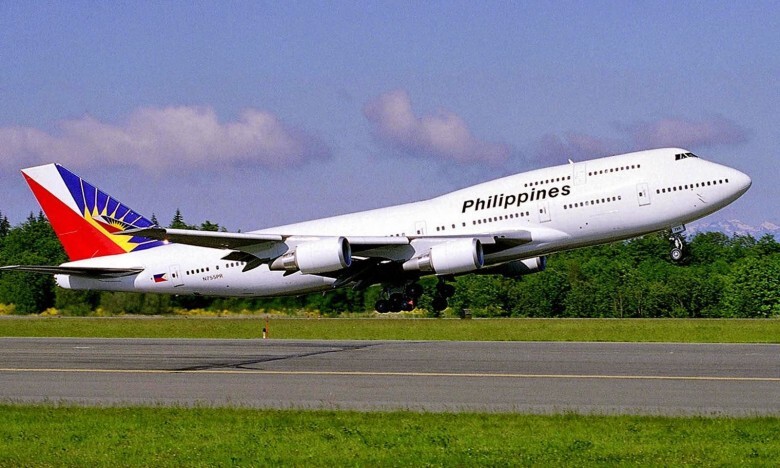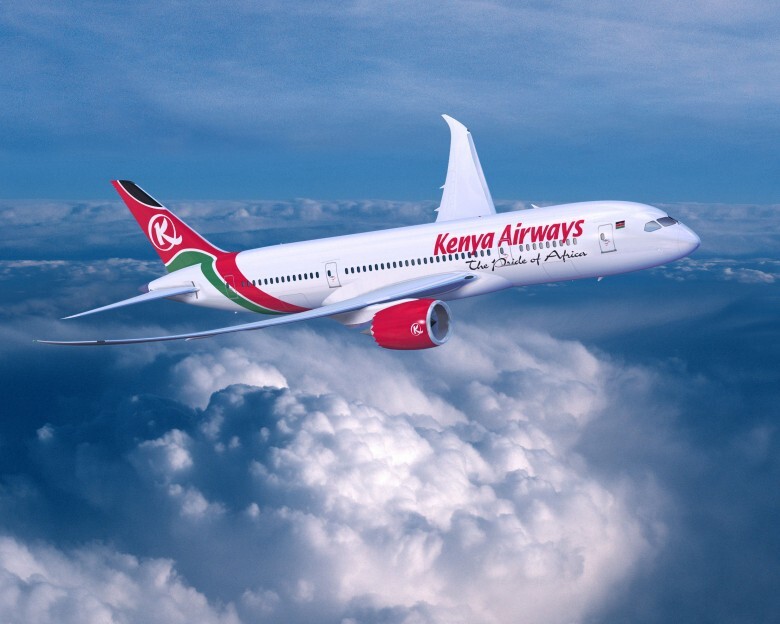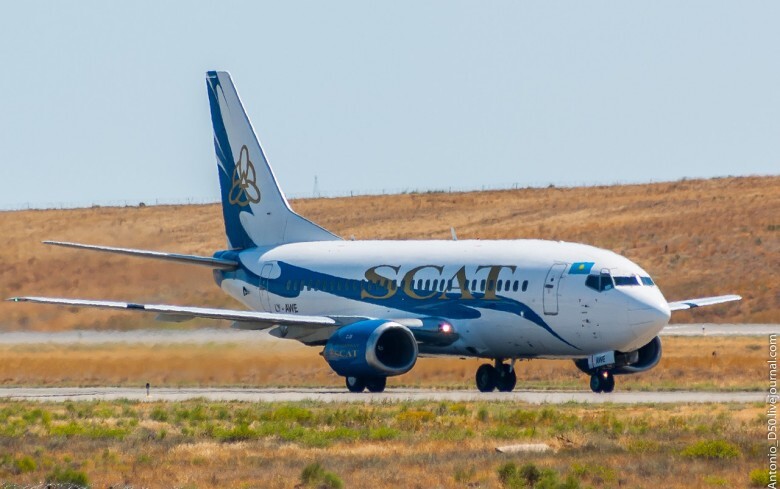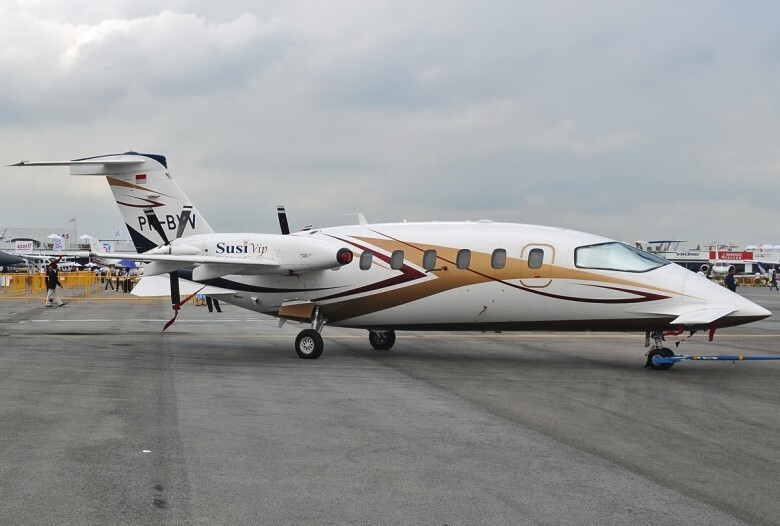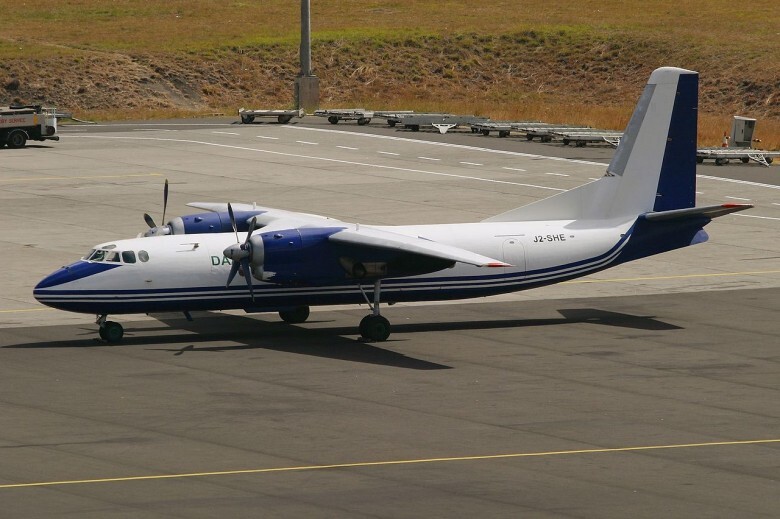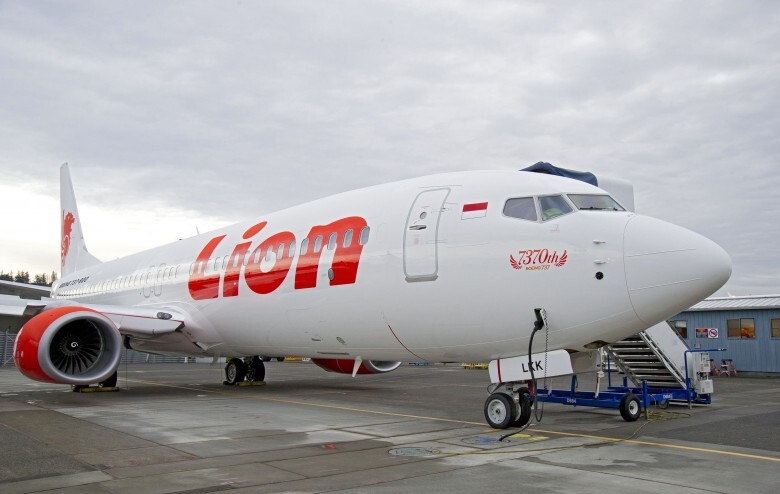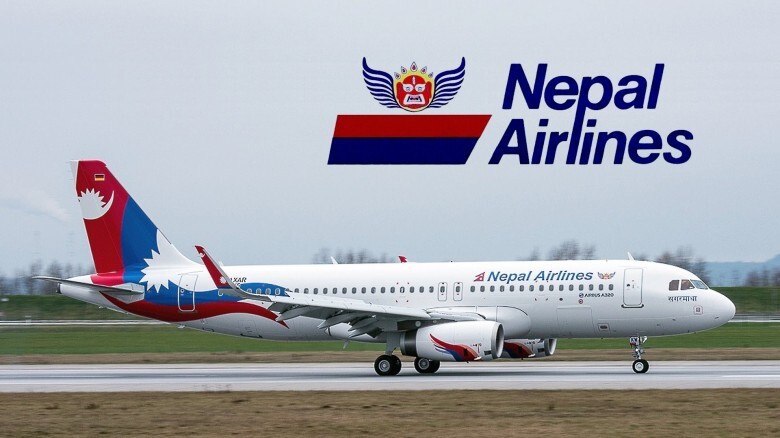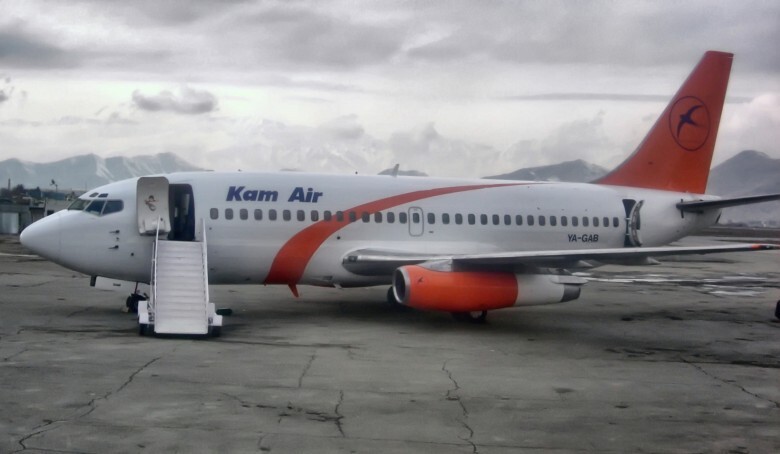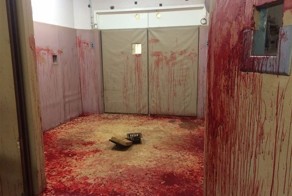90
11
Airlines are dangerous and terrifying for a variety of reasons. Crashes, hijackings, security breaches, poor safety standards, unruly passengers, pilots who fly under the influence. Here are 10 of the world’s most terrifying airlines.
10. Avianca
Avianca is the national airline of Columbia and the second largest in Latin America. It’s been in operation since 1919. While Avianca is safer now than in the booming days of Columbia’s cocaine trade, in the 80s and early 90s the airline was plagued by hijackings, cartel related incidents, and onboard shootings. Avianca’s most deadly incident occurred in 1989. Hoping to kill presidential candidate Cesar Gaviria Trujillo, Medellin cartel leader Pablo Escobar ordered the bombing of Flight 203. Gaviria, however, never boarded the plane. One hundred and ten people died (all the people aboard, plus three ground deaths). Avianca’s last major incident occurred in 1999, when six ELN members hijacked Flight 9643. One passenger was killed. The rest were released over the year following the attack.
9. Philippine Airlines
Founded in 1941, Philippine Airlines is the oldest commercial airline in Asia operating under its original name, serving 41 destinations as of 2016. Unfortunately, the Philippines have long been a hotbed of terrorism, and the airline has served as a tool of radicalism and bloodshed. In 1970, Flight BAe 748 came apart in the sky, killing 32 passengers and four crew members. A bomb in the lavatory was suspected. Philippine Airlines Flight BAC 111 was hijacked in 1976; 11 passengers and six hijackers died. Most recently, in 1994, a small bomb detonated under a seat, killing one person and injuring many on Flight 434. Ramzi Yousef (using the fake name Armaldo Forlani), the man who placed the explosive, was later convicted of the 1993 World Trade Center bombing.
8. Kenya Airways
According to NBC News, Africa’s air safety record is among the worst in the world. Africa is a large continent, and with its savannas, dense forests and deserts, radar coverage is sparse. Add poverty, war, and government corruption to the mix and you have an airline industry with few standards. In 2007, Kenya Airways Flight 507 crashed in a swamp, killing 114 people. The plane went down just 3.5 miles from where it departed –Douala Airport – but it took several days to find all the wreckage. Douala Airport has no weather radar, making takeoffs and landings exceedingly dangerous. In 2000, Flight 431 plunged into the Atlantic Ocean, killing 168 passengers.
7. SCAT Airlines
SCAT Airlines is an unfortunate and ill-advised name. You can’t help but think of the word scattered, as in “the debris from the wreckage is scattered over 100 miles…” Established in 1997, SCAT Airlines serves Kazakhstan’s major cities as well as cities in neighbouring countries. While the airline has only had one crash, a non-fatal accident near Kyzltu because of poor visibility, it’s banned from operating in European airspace. An audit by the Civil Aviation Organization found that SCAT Airlines didn’t comply with safety standards and regulations.
6. Susi Air
There are several factors that make Indonesia’s airlines terrifying, from small planes and extreme terrain to communication difficulties with traffic control. Susi Air originated in 2004 and operates commercial and charter flights throughout the islands of Indonesia. Due to a tumultuous decade of safety accidents, crashes, and casualties, Susi Air is banned from operating in European air space. In addition, as of May 2012, all United States Embassy personnel are prohibited from flying Susi Air following a series of fatal plane crashes at the beginning of that decade. Is it the fault of Susi Air’s pilots or is Indonesia’s treacherous terrain to blame? Well, even the best pilot is going to have a difficult time landing a plane on a runway that is cut into the side of a mountain.
5. Daallo Airlines
Facts and information regarding Daallo Airlines are about as vague and conspiratorial as the disappearance of Amelia Earhart. The airline is Somali-owned, and its destinations include the Horn of Africa and the Arabian Peninsula. In March 2010, Daallo Airlines ceased all operations, but flight service resumed a year later; some aviation experts believe that the suspended operations was the result of two hijacking attempts, while others think it had something to do with the airline’s substandard fleet. In November 2009, two men tried to hijack a Bosaso flight only to be confronted by armed passengers. In December, a man tried to board a Daallo Airlines flight in Mogadishu with powdered chemicals and liquid to make them burst.
4. Tara Air
Tara Air is a subsidiary of Nepal’s Yeti Airlines and operates a fleet of eight planes. It was established in 2009 and serves the remote and mountainous destinations between Kathmandu and Lukla. In all fairness, small planes and mountainous terrain is a recipe for disaster. Still, Tara Air’s safety record is a nightmare. There were three incidents between 2010 and 2011, resulting in the deaths of 22 people. Tara Air currently has a one-star safety rating. However, according to Roshan Regmi, a spokesman for Tara Air, “The rating is unfair. It is not a like-for-like comparison,” as most airlines don’t operate small utility craft in the tough geographical terrain of the Himalayas.
3. Lion Air
Indonesia’s largest, low cost privately run airline has a terrible safety record. From water crashes to overshot runway landings, Lion Air has had more than 10 accidents since 2002. The airline flies to 120 destinations but is banned from flying in the European Union and “strongly advised against” in the U.S. In addition, the Ministry of transportation froze fifty-three of Lion Air’s routes. If that wasn’t enough, in 2012, several Lion Air pilots and crew members were charged with possession of methamphetamine, putting a new spin on the term “flying high.” Despite Indonesia’s tough stance on recreational drugs, there’s no national system of drug testing for pilots and flight crew.
2. Nepal Airlines
Nepal Airlines, formally known as Royal Nepal Airlines, was awarded one-star in the safety report by AirlineRatings, which means there’s nothing royal about it. While Nepal’s rugged Himalayas will test the skills of any top gun, the airline has an atrocious track record. There have been over a dozen fatal crashes and accidents since the 1960s. The most recent crash occurred in 2014. Eighteen people died when a plane crashed into the side of a hill. Inexperienced pilots, poor management, and inadequate maintenance have all been blamed for Nepal Airlines woes. The airline has come under increased fire from international authorities for failing to participate in any internationally recognized safety audits. Perhaps the motto of the flag carrier airline of Nepal should be Fly at Your Own Risk or The Rogue Ride.
1. Kam Air
An airline based in Kabul… no, that doesn’t sound dangerous. Highway 1, the 65-kilometer stretch of Taliban-controlled highway between Jalalabad and Kabul, has long been considered one of the most dangerous highways in the world. It makes sense, then, that Afghanistan would also be home to the most terrifying airline. Kam Air has been operating since 2003, providing domestic passenger services and regional international services. Kam Air is not allowed in U.S. or European airspace. In the past 12 years the airline has experienced a host of issues, including bomb threats, a tail strike, and a crash that killed 96 passengers and eight crew members. There is nothing friendly about flying the skies above Kabul.
Source:
Ссылки по теме:
- Compelling Moments In History From Around The World
- 25 Truly Amazing Places You Must Visit Before You Die
- A Small World
- The 12 Most Terrifying Things Living In The Ocean
- You'll Want to Immediately Visit These Gorgeous Bars


